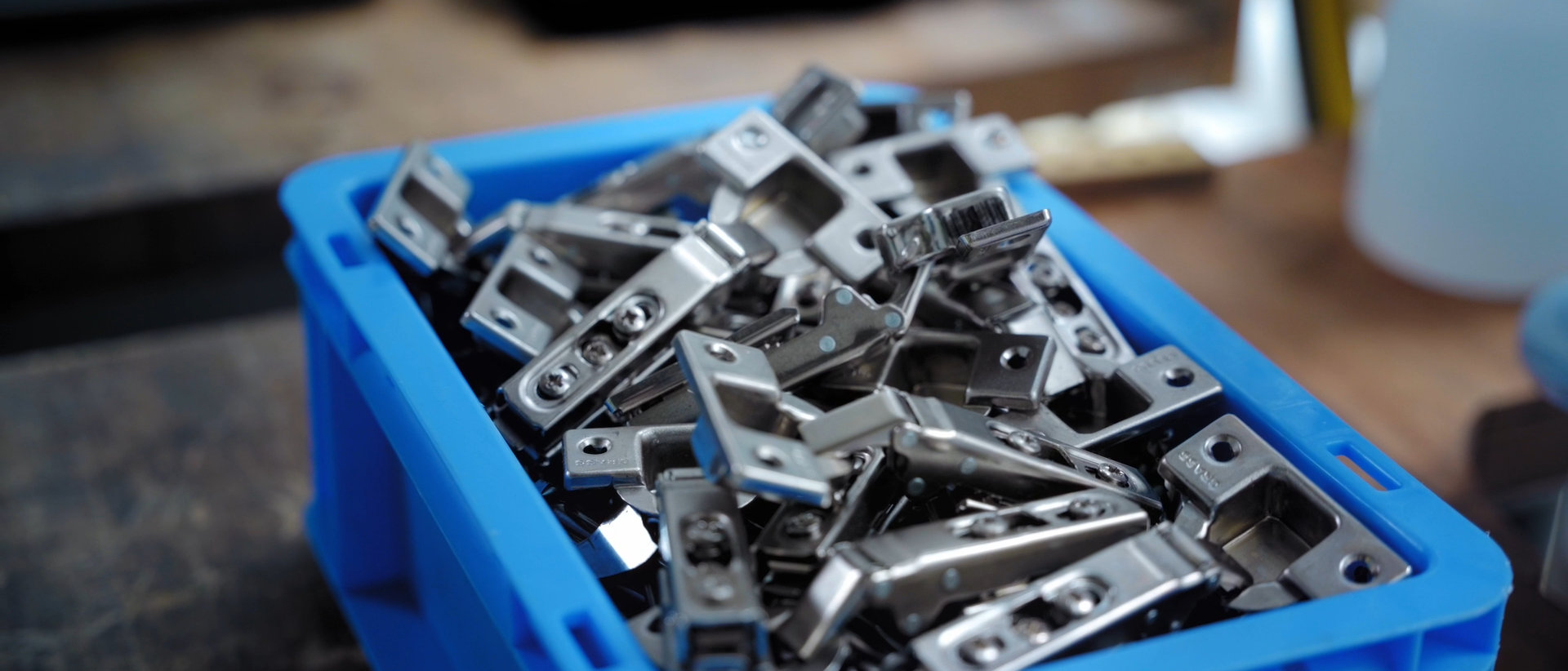Track and trace smarter due to internal traceability
Traceability is used in various situations. Within the company's own production, but also with customers. The big difference: During production, each component should be individually traceable in order to have access to a complete production history for each part at all times. Before the finished product leaves the factory, however, the individual data records of a final product can be summarized. This summarized and, if necessary, curated data record can then be made accessible via a customer tag. The advantages of this internal traceability are obvious:
- The customer marking can be done according to the customer's specifications.
- The customer's specifications do not have to be considered for internal traceability, so that the own traceability can be implemented as simply as possible and without unnecessary effort.
- The customer can be provided with exactly the agreed data.
- You have access to all production and quality data.
- The customer marking can serve as a good part marking.
In particular, this approach makes it possible to implement complete, but simple and cost-efficient individual part traceability internally.
Controlling rejects
When a production line consistently produces rejects, it significantly decreases the profitability of manufacturing. However, achieving improvement is not always straightforward. Especially in complex manufacturing processes, assemblies often undergo many different, sometimes spatially separated processing steps before a defect is noticed. This is particularly aggravating:
- Unnecessary expenses have been invested in a unsellable component.
- The complexity arising from numerous components and processes often complicates the identification of when and why a defect occurred.
A solution to this problem can be achieved through individual part traceability. It links process data with each individual component, allowing the entire manufacturing history to be viewed for each rejected part. Applying appropriate data analysis, sources of errors can be found that are no longer apparent even to experts due to the sheer complexity of production.
Reducing machine downtime
Just as critical as persistent rejects can be, suddenly emerging defects are problematic as well. If a critical, spontaneous increase in rejects or a surge in complaints arises during ongoing production, production is usually stopped until the defects' sources are identified and rectified. The result is costly machine downtime! Using indvidual part traceability and the associated data analysis, this troubleshooting process can be significantly simplified and expedited. In the event of an error, the production manager no longer needs to search manually for errors by inspecting various production stations; instead, this can be done much more efficiently and quickly through rapid data analysis.
Understanding complaints and claims faster and avoiding them in the future
Complaints can cause high costs and damage for a manufacturing company:
- Your customer has integrated the manufactured parts into a more expensive product, which then has to be replaced.
- Agreements with the customer lead to extensive and costly inspections in the event of a complaint.
- A failure of the manufactured product has caused damage far exceeding the value of the item.
This is particularly frustrating when determining the cause of the defect becomes extremely difficult or impossible. In the worst-case scenario, the underlying issue cannot be identified or mitigated for the future, resulting in a permanent reduction in production profitability.
Kontakt
Do you want to bring better traceability to your production and thus improve your company's quality assurance? Then we would be delighted to work with you! We would be happy to provide you with further material on our flexible Tagless Traceability or present our system in a group meeting. Just get in touch with us!





